02nd Feb 2023
"Marjosse is my secret garden. It gives me energy. It is important for me to have this place and share it."
- Pierre Lurton
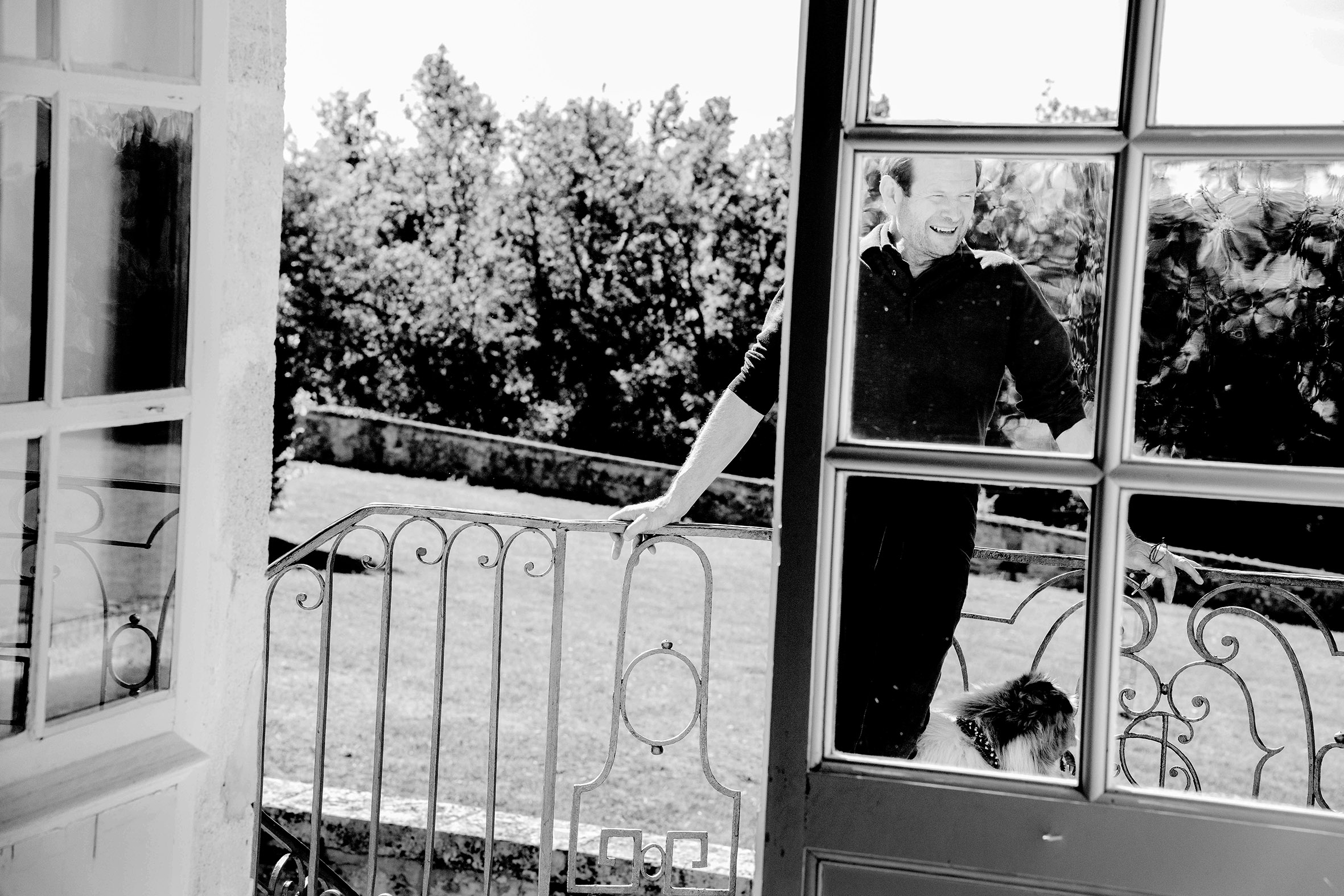
Secret Garden
You can’t go far in Bordeaux without running into a Lurton. In some of the many Chateaux throughout the region, a poster of the extensive Lurton family tree can be found, displayed like a local map. Pierre Lurton is the grandson of one of Bordeaux’s godfathers, François Lurton, and his uncle is André Lurton, of the namesake company. Given his inherited place within a vast winemaking dynasty, not to mention his current position at LVMH—Director of Château Cheval Blanc and d’Yquem—Pierre Lurton is refreshingly unassuming and contagiously enterprising.
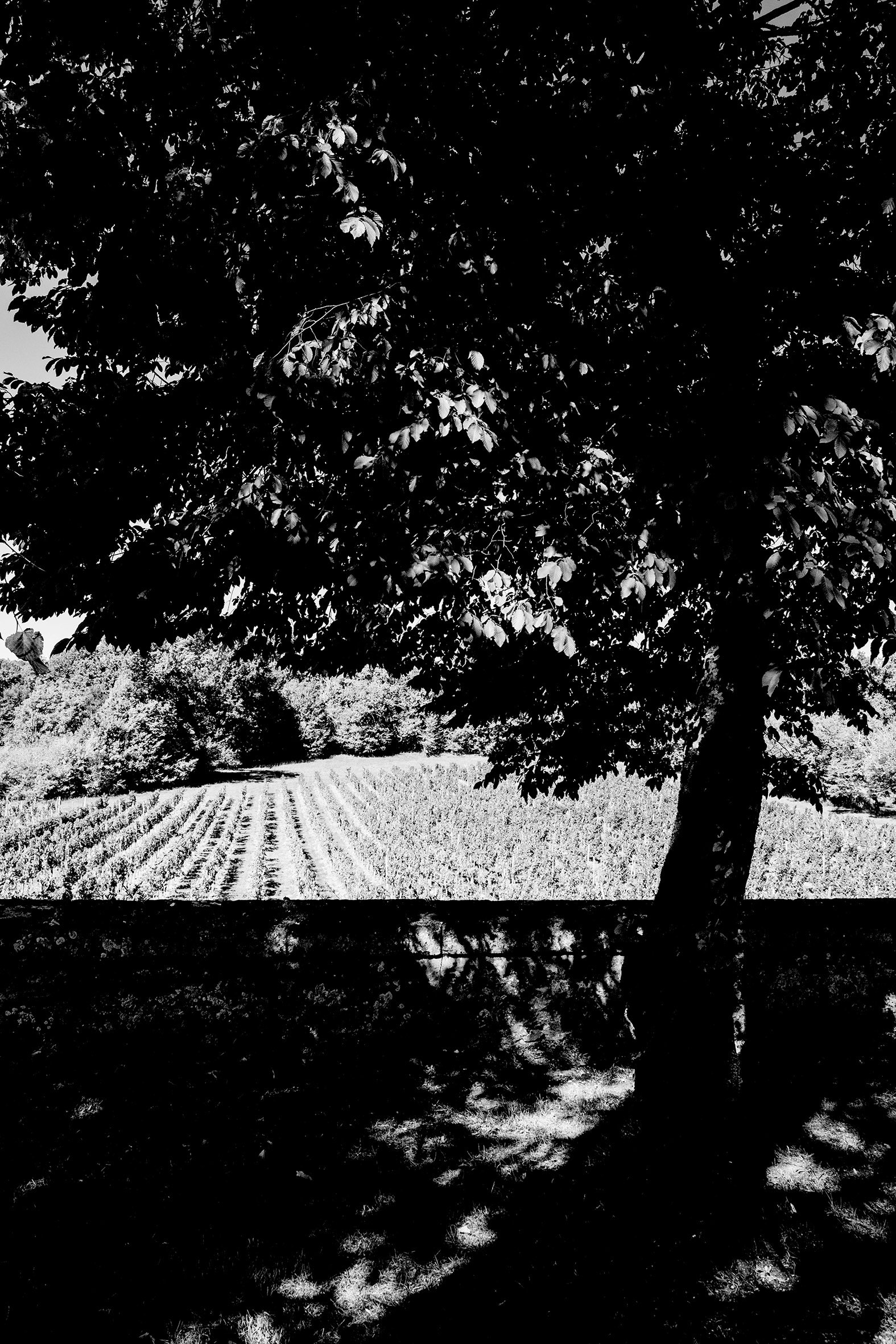
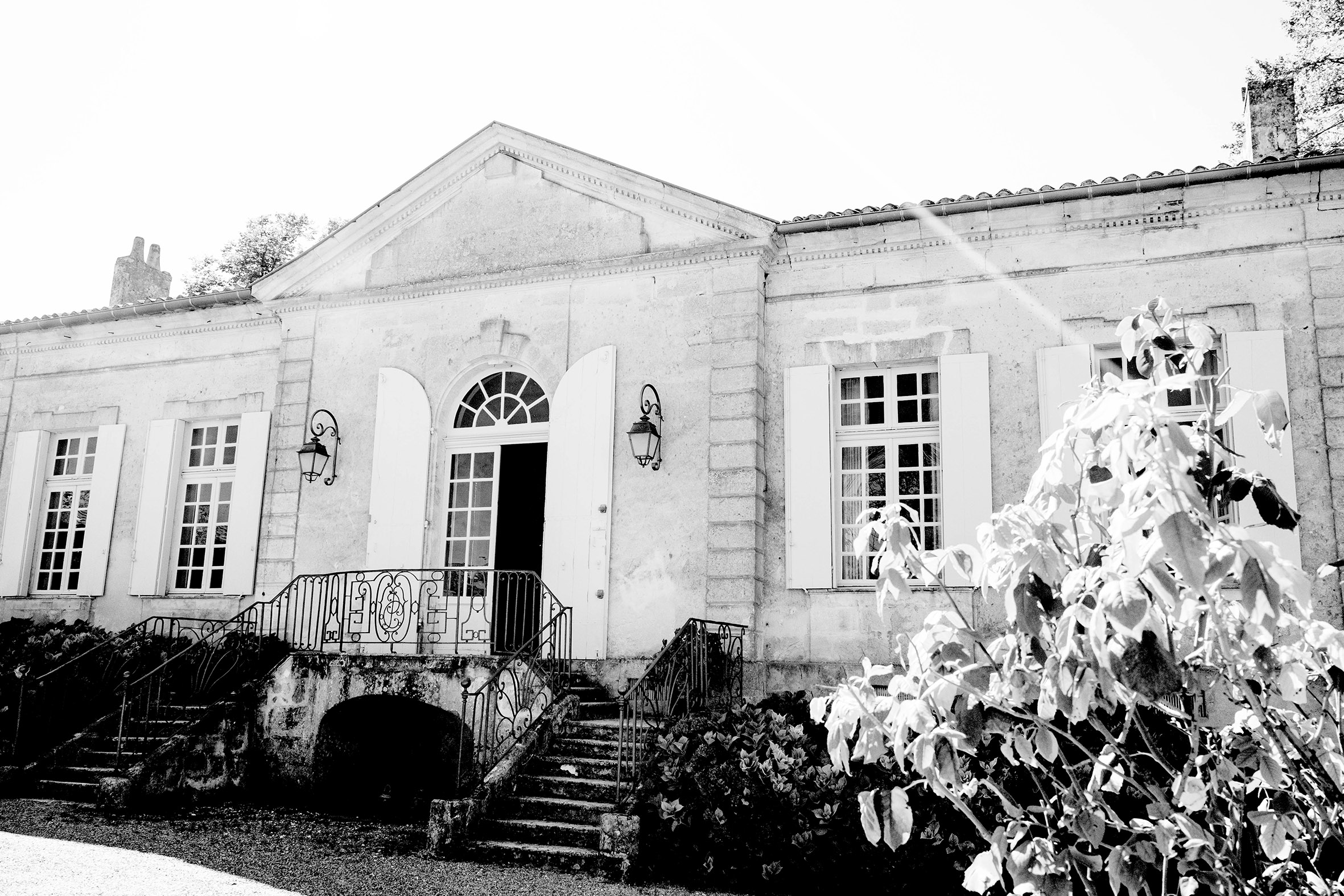
From a young age, Pierre was drawn to an unremarkable, run-down house and vineyard situated not far from where he grew up and where he would play as a kid—Château Marjosse. Located “between the two seas” of the Dordogne and the Garonne, in Bordeaux terms, this place was in the middle of nowhere. The estate had almost nothing going for it except a patch of ancient vines planted in the 1940s. In 1990, Pierre was able to move into the property, purchasing it little by little from its long-time owner while expanding the vineyard area. Thus, even before he could buy the property outright in 2013, Pierre made it his life’s passion and work-outside-of-work to restore the manor and bring the forgotten old vineyard up to its true potential.
“Welcome to Marjosse!” Pierre shouts as he jogs across the neatly trimmed courtyard to greet me. “We have a great view of Saint-Émilion,” he adds, swiftly ushering me through his and his wife Alexandra’s playfully restored home, chock full of wonderful old books, antique cameras, and sailing memorabilia, to admire the view from the back terrace.
"My first vintage here and at Cheval Blanc was 1991. Can you imagine?"
From the hill of Marjosse, you can see all the way to Saint-Émilion’s cathedral. The house and surrounding vines must be one of the highest points in Entre-deux-Mers.
“Just around Marjosse, we have 12 hectares (30 acres) of vines. Behind the cellar there are more. So, the vineyard is a combination of the part here, close to the house, and that behind, which belonged to my father. The terroir here is very interesting—limestone and clay, like Saint-Émilion.”
Gazing over the miles between here and Saint-Émilion, another striking feature of the landscape is how few commercially viable vineyards remain in this area as the demand for wines outside the famous communes, classified growths, and big names continues to dwindle. It’s a stark reminder of Bordeaux’s current situation.
“My first vintage here and at Cheval Blanc was 1991,” Pierre tells me as we descend the back steps and head for the vineyard. “Can you imagine?”
Most Bordeaux lovers know that 1991 was the year of one of the worst frosts Bordeaux has ever known.
“My daughter was also born that year, so I cannot say it was a bad vintage,” he laughs.
We stop in front of a wall enclosing a patch of beautifully thick, twisted old vines.
“I fell in love with the old vines here,” said Pierre. “My father said they were not very interesting, and we should replant, but I thought differently. I thought we had to continue the lives of these old vines. The oldest were planted in the 1940s. We have Muscadelle vines that were planted in 1944, which I use to make a wine that is 100% Muscadelle.”
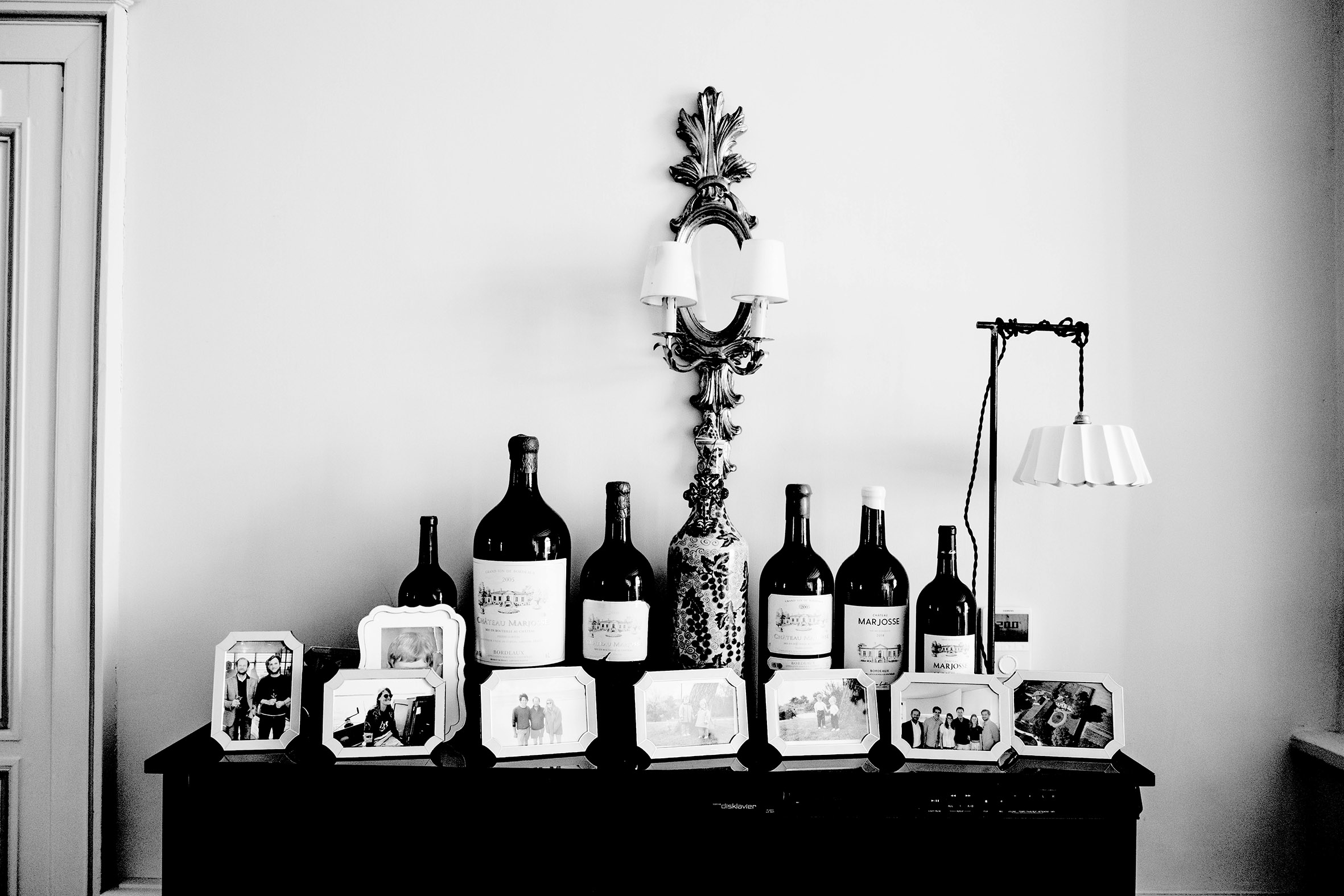
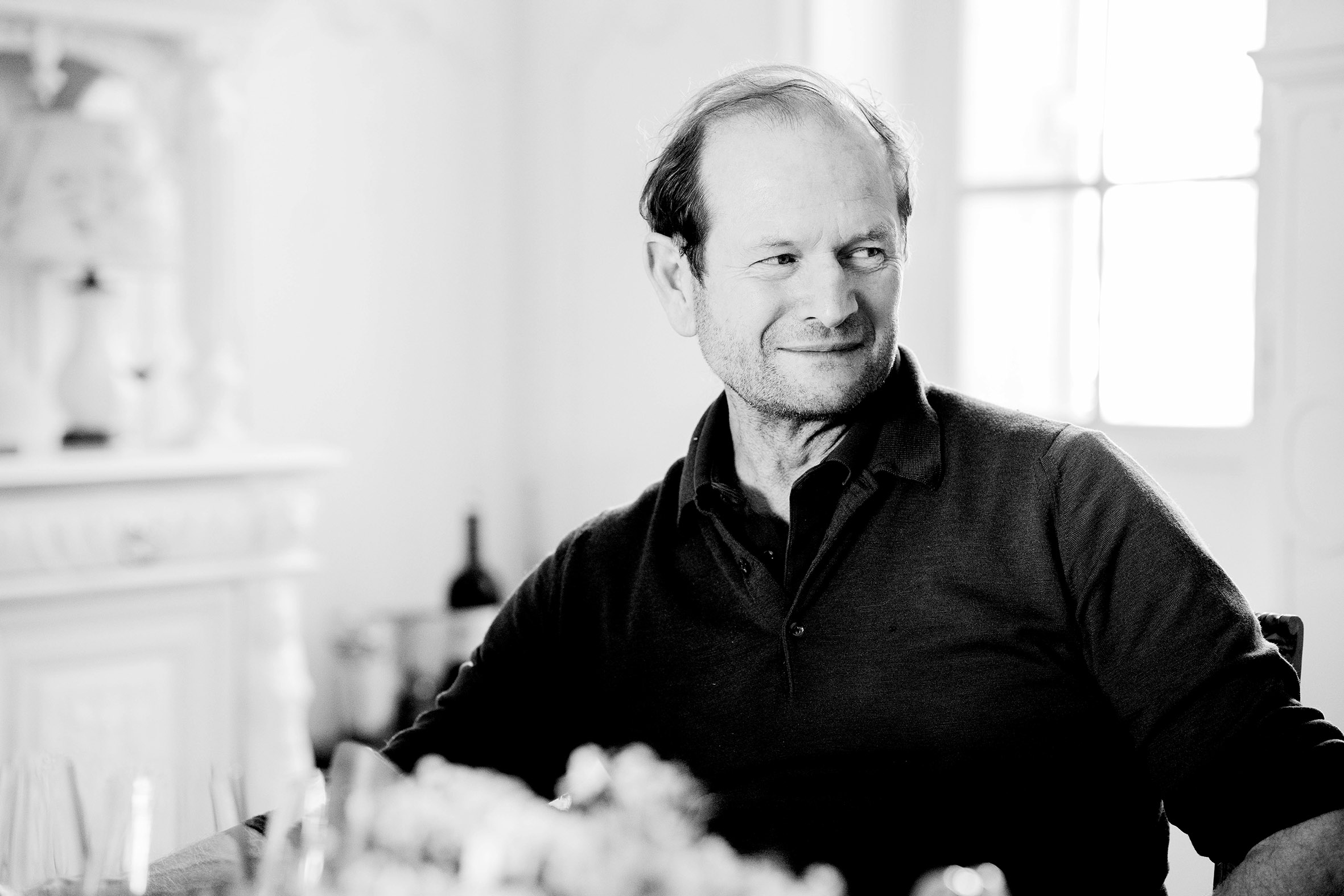
Today, the vineyard is just under 50 hectares (124 acres), mostly Merlot.
“I have replanted a little Merlot. So now, the vineyard is roughly 70% Merlot, plus smaller proportions of Cabernet Franc, Cabernet Sauvignon, Sauvignon Blanc/Gris, Sémillon, Chardonnay, and the rest is old-vine Malbec and Muscadelle.”
Later, sat around Pierre’s kitchen table, he hosts a tasting of his most recent vintages of Château Marjosse (2018-2020) and the latest releases from his Anthologie range.
“Since 2008, Anthologie is normally made every year,” he explains. “I think it is intellectually interesting to taste the three different soils made with a single grape. It is traditional in Bordeaux to blend, but we wanted to create a new approach to revealing the property—by terroir. Here we have three major soil types: red clay, white clay, and chalky. Vinification is very similar between the 3 cuvees/soils, adapting only the origin of oak to the origin of the grapes. This is similar to the Burgundian approach.”
Marjosse and Marjosse Blanc are unbelievably great value for money.
The Anthologie wines are tiny production. As Pierre suggests, they are as cerebrally fascinating as they are delicious and well worth seeking out. Meanwhile, the flagship Marjosse and Marjosse Blanc—particularly the 2019 and 2020—are unbelievably great value for money. Apart from the outstanding quality, they evoke a story of this exceptional place and the person with the vision to recognize and nurture what many may have passed by or ripped out.
“Marjosse is my secret garden,” says Pierre Lurton. “It gives me energy. It is important for me to have this place and share it.”
-
Article & Reviews by Lisa Perrotti-Brown MW
Photos by Johan Berglund
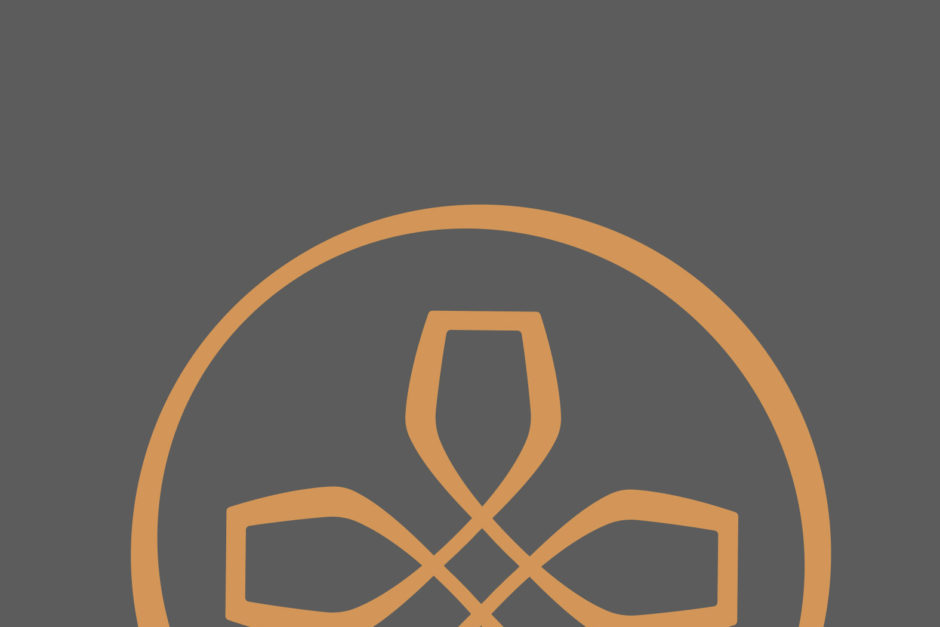
PRODUCERS IN THIS ARTICLE
> Show all wines sorted by scoreMore articles

Bordeaux 2023 Vintage Report and Reviews from Barrel
09th May 2024
649 tasting notes

Cathiard Vineyard New Releases
02nd May 2024
3 tasting notes
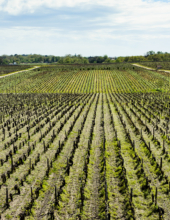
Bordeaux 2023 Preliminary Vintage Report and Reviews from Barrel
29th Apr 2024
56 tasting notes
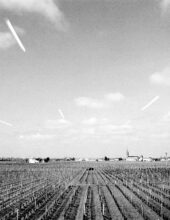
2021 Bordeaux in Bottle and A Modest Proposal
24th Apr 2024
599 tasting notes
Show all articles